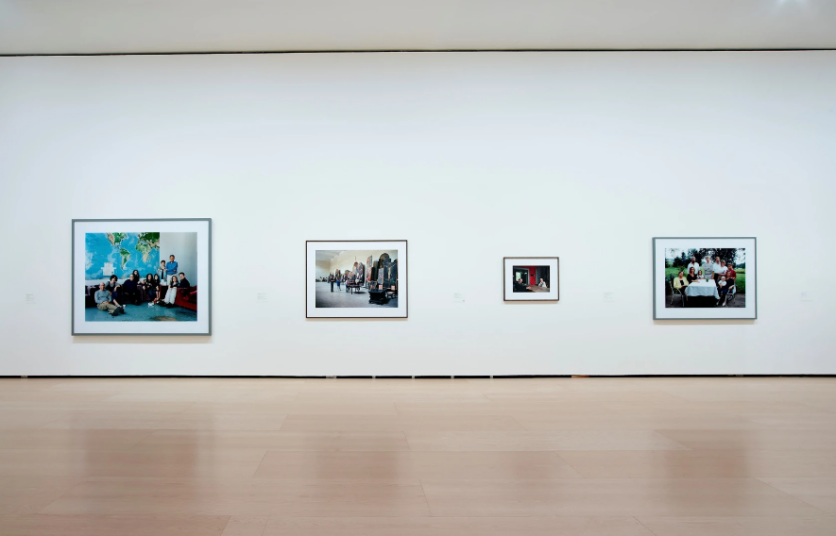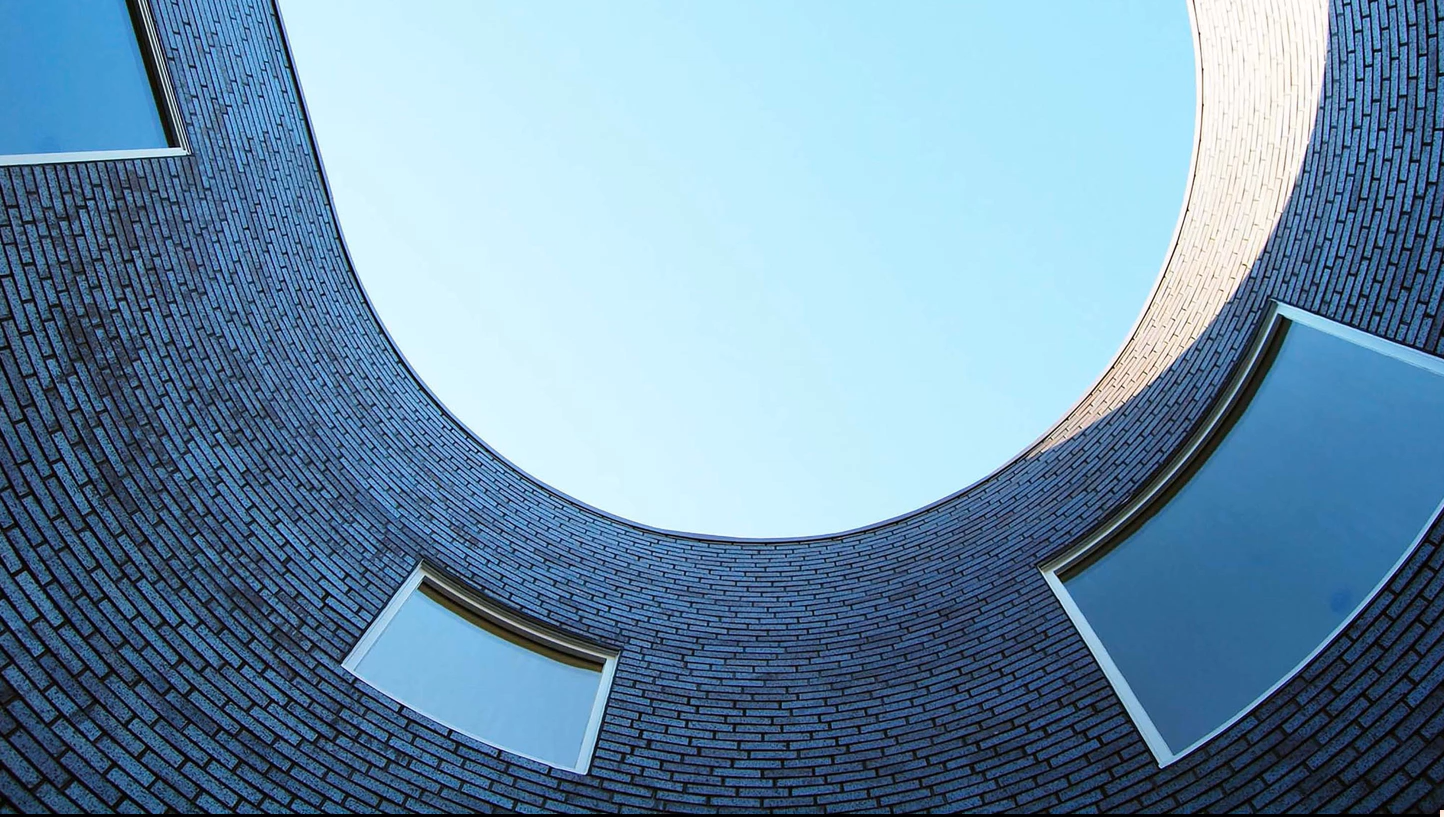Archive Gallery | Professor Sarah Whiting @ WDCC

Sarah Whiting
Dean and Josep Lluís Sert Professor of Architecture, Harvard Graduate School of Design
Sarah Whiting joined the Harvard GSD as Dean in July 2019. She is a design principal and co-founder of WW Architecture, and served as the Dean of Rice University’s School of Architecture from 2010 to 2019. Her research is broadly interdisciplinary, with the built environment at its core. An expert in architectural theory and urbanism, she has particular interests in architecture’s relationship with politics, economics, and society and how the built environment shapes the nature of public life. Her work has been published in leading journals and collections, and she is the founding editor of Point, a book series aimed at shaping contemporary discussions in architecture and urbanism.
Invited and curated by RUAN Xing, Dean and Guangqi Chair Professor of Architecture, Shanghai Jiao Tong School of Design, Sarah Whiting has attended the World Design Cities Conference on 16 September as an expert of the Creative City Network of Shanghai Think Tank. She discusses in what ways in our world design and the design professions might help to enable people to coexist harmonious and prosperously, together. She speaks in broad terms and finishes by speaking specifically using just a single project from her office WW architecture to illustrate the final point.
(The text is organized by Xiong Xiangnan, Assistant Prof. of Architecture, Shanghai Jiao Tong School of Design)
Keywords
Global Issue, Polarized World, Architectural Communication, the L House
Text
Before anything I would love to give a little preview of an upcoming issue of the Harvard Design magazine. I co-edited this issue with urban design professor Rahul Mehrotra here at the GSD. This issue looks at our hyper-connected world of the late 20th and early 21st centuries and how that world has revealed that effortless mobility, wealth, and access for some has been obtained at the cost of immobility, inequality, and displacement for others. We argue that we've entered a phase of critical backlash against globalization, which is for some a critique of international integration, but for others it's a critique of global capitalism and for most, it's a shared global concern over climate crisis. These contradictions propelled us to ask in this issue what is today's global?

《哈佛设计杂志》
We came to that topic because of course today’s world is absolutely hyper-connected and the world feels much smaller today and much more connected. It’s also because the school that I lead is a majority international school: 53% of our student body at the GSD is international and these students come from 70 different countries. So, the topic of the global or the topic of our interconnected world and how we all get together is one that absolutely interests me. I’m also interested in the issue of the global because today’s world issues are global: climate crises, wars, pandemics, every one of them are global issues. What can we do as designers in this condition in this today’s global world?

Hans Hollein《Alles Ist Architektur》内页
In 1968, the Austrian architect Hans Hollein famously proclaims that “Alles ist Architektur.” That is everything is architecture, or architecture is everything. A true architecture for our time, he argued, will have to redefine itself and to expand its means. Many areas outside traditional building will enter the realm of architecture as architecture and architects, he said finally, will have to enter new fields. But today's world is ever more challenging for us to make a difference with design. For one, time seems to be moving faster and faster and faster, and no one ever seems to pay attention certainly not to architecture, even though architecture is the most public of the arts. So how is architecture supposed to affect the world when no one is even noticing it?

Thomas Struth,费森菲尔德顾德家族,费城美术馆,2007
Moreover, we don't communicate very well. One of the things that drew me to architecture and urban design to begin with as a field of interest is the fact that the world is comprised of so many human beings and were all completely different. Thomas Struth’s portrait of the Felsenfeld / Gold Families here shows even in one large family, everyone is very different. As the world is comprised of all of these different people, the challenge remains how do you create a world for them all?
One way that we know and certainly that we know through postmodernism is to rely upon symbols to make a sort of easy visual access to ideas in the world. Another way, though I think is to just turn to the material form and space of architecture itself, walls and windows.
And I'll finish by presenting one project today from our office WW architecture, the EL House in Houston, Texas. With this one project, I want to show how architecture can actually play a role in bringing together our polarized world to coexist harmoniously in today's world. The EL House is built for a couple and their children. Houston is famous as a city that has no zoning, which means that you can build to the maximum to your lot line. So here you see this sort of amusing and horrifying photo of a little house surrounded by buildings that tower over it. The EL house was built on a lot like this little house, and our solution was to turn to a worldwide and ancient typology—the courtyard house, where you can create an interior world that you can control even if the outside of your compound is something that you don't have control over.

EL住宅及院落住宅
We transformed the courtyard type by making this courtyard round and cutting a couple of notches out of the block. The courtyard wasn’t very big, but we made it feel bigger by strategically setting up the windows and by the fact that the courtyard was round. You can see that the design counted on being very careful with the windows. In the house, you're constantly seeing through the windows to space beyond or through the courtyard down to space beyond. And here you get this idea of these glancing views through the windows that give greater space within the house.

EL House
I will end here. I’d like to reinforce that with architectural means, including walls, windows, forms, and space, we are able to connect rooms, connect people, connect inside and outside in ways that I think also connect the population of the world.
Thank you.